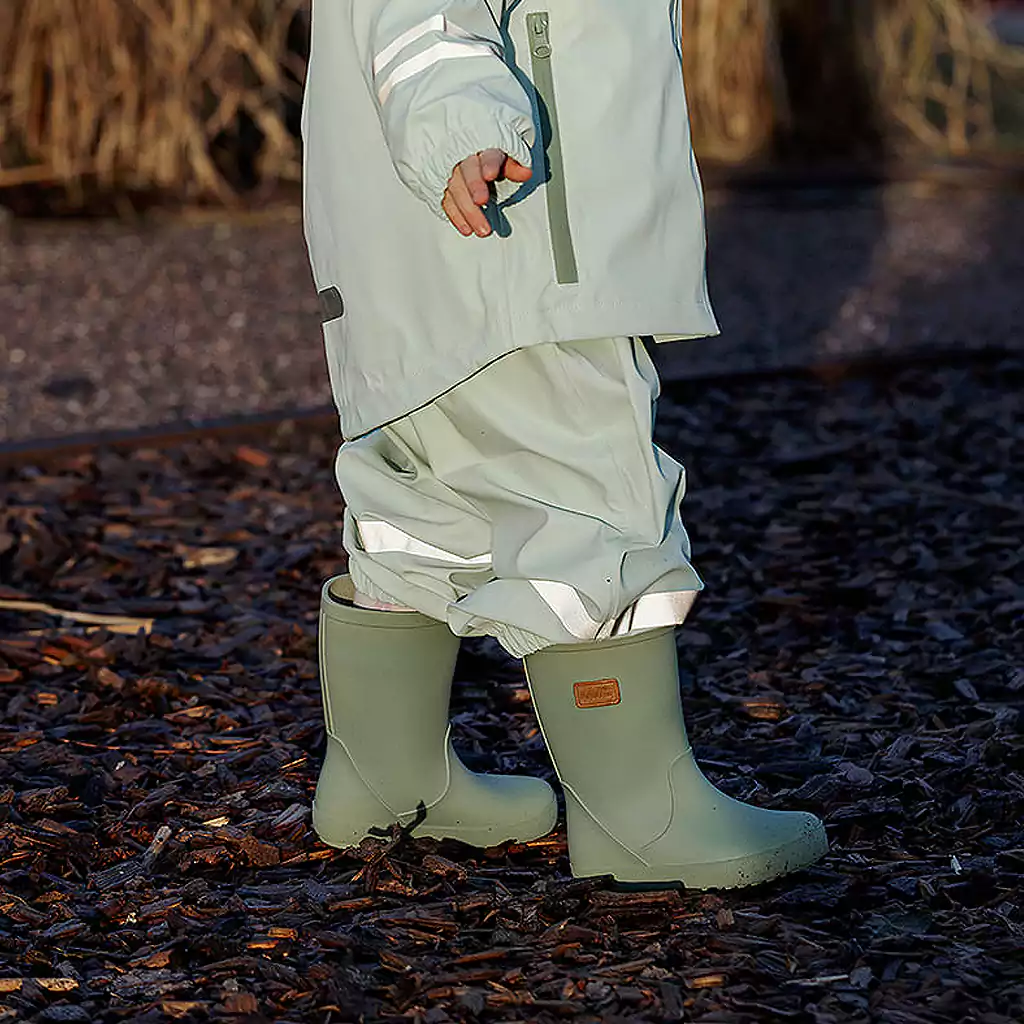The belief that rubber boots can protect against lightning strikes is a common one, deeply rooted in the idea that rubber, as an insulating material, might prevent electrical currents from passing through the body. However, the reality is more nuanced, and while there is some truth to the idea, it is often misunderstood or overstated. A closer examination of scientific facts and real-world stories reveals that the protective role of rubber boots in lightning strikes is not as straightforward as many believe.
The Science Behind Rubber and Lightning
Rubber is indeed an insulating material, and under normal circumstances, it can prevent electricity from passing through it. This property is why rubber is commonly used in the manufacturing of electrical safety gear, such as gloves and boots for electricians. However, when it comes to lightning, the situation changes dramatically. Lightning bolts are immensely powerful, capable of carrying currents of up to 100,000 amps. To put this into perspective, the average household circuit breaker trips at 15 to 20 amps. The sheer energy of a lightning strike is so overwhelming that it can travel through miles of insulating air before reaching the ground. The idea that a few millimeters of rubber in a boot could stop such a force is highly unrealistic.
Leif Sandahl, a fire engineer with the Norwegian Agency for Safety and Preparedness (MSB), is one of the experts who debunks the myth of rubber boots providing protection against lightning. He points out that lightning can generate enough energy to split trees and turn sand into glass—phenomena that demonstrate the destructive power of these electrical discharges. According to Sandahl, rubber boots may offer some protection against step voltage, which occurs when electricity from a lightning strike spreads out across the ground, but they are not effective against a direct hit.
Real-world anecdotes: rubber boots and lightning strikes
Despite the scientific consensus, there are numerous anecdotes of people who believe their rubber boots saved them during lightning strikes. These stories add complexity to the discussion, suggesting that while rubber boots may not offer complete protection, they could provide some benefit in certain situations.

The bavarian construction worker
One of the most compelling stories comes from a construction site in Lenggries, Bavaria, where a young worker narrowly escaped death after cutting into a high-voltage cable. The incident resulted in a two-meter-high flame and threw the worker backward, causing injuries. However, experts believe the rubber boots he was wearing at the time played a crucial role in his survival. The insulating properties of the boots likely prevented the electrical current from grounding through his body, which could have been fatal. While this incident involved a high-voltage cable rather than a lightning strike, it highlights the potential for rubber footwear to mitigate certain electrical risks.

The bowen island incident
Another intriguing case occurred on Bowen Island, British Columbia, where Cal Misener experienced a lightning strike while wearing camouflage Crocs. Misener had stepped outside during a thunderstorm to check on his truck when he was struck. He described the sensation as an intense, explosive force that felt like his legs had been blown apart. Although scientists generally agree that rubber shoes offer minimal protection against lightning, Misener and his wife firmly believe that the Crocs helped reduce the severity of the strike. While the Crocs were blown off his feet by the force of the strike, the couple is convinced that the rubber provided some degree of insulation that may have prevented more serious injuries.

Deborah Kendall’s experience
A particularly dramatic story comes from Smalley, Derbyshire, where Deborah Kendall was struck by lightning while putting her daughter into the car during a thunderstorm. Kendall was holding an umbrella when the lightning bolt struck, sending the electrical current through the umbrella, down her body, and out through her feet. Although she experienced severe pins and needles and muscle cramps, she survived the incident. Medical professionals later suggested that the rubber-soled wellies she was wearing might have prevented the lightning from fully grounding through her body, potentially saving her life. Kendall herself was shaken by the experience and expressed her relief at having worn the boots, which she believes played a key role in her survival.
The case of Helen Wood
Helen Wood, a former winner of the reality show Big Brother, also claims that rubber boots saved her life. Wood was struck by lightning while walking her dogs during a storm. The lightning bolt reportedly entered through her head and exited through her jaw, causing her intense pain and shock. Wood believes that the rubber wellies she was wearing at the time provided crucial insulation, preventing the lightning from grounding through her body and possibly saving her life. Her doctor reportedly confirmed that the boots may have played a role in her survival, reinforcing her belief that the footwear was a critical factor in the incident.

Contradictory views on rubber boots and lightning
While these real-world stories suggest that rubber boots can offer some protection, particularly in preventing the grounding of electrical current, the broader scientific community remains skeptical. Experts emphasize that the effectiveness of rubber boots in protecting against lightning strikes is limited. According to Storm Highway, a website dedicated to storm and lightning safety, the idea that rubber shoes or boots can protect against lightning is largely a myth. The site points out that air, like rubber, is a strong insulator, yet lightning manages to travel through miles of air to reach the ground. A thin layer of rubber on a boot is unlikely to stop such a powerful force.
Moreover, Storm Highway explains that people who have been struck by lightning often find their shoes blown off or blown apart by the shock wave produced by the lightning strike. This phenomenon suggests that while rubber might provide some initial resistance, it is ultimately overwhelmed by the sheer power of the lightning bolt.

Conclusion: A nuanced perspective
The debate over whether rubber boots can protect against lightning strikes is far from settled. On one hand, scientific evidence suggests that rubber footwear offers minimal protection against the immense power of a lightning bolt. Experts like Leif Sandahl emphasize that the insulating properties of rubber are not sufficient to prevent injury or death in the event of a direct strike. On the other hand, numerous real-world stories suggest that rubber boots might provide some level of protection, particularly in situations where step voltage is involved or when the lightning strike is less direct.
Ultimately, the best advice for staying safe during a thunderstorm is to avoid being outside altogether. Seeking shelter indoors is the most effective way to protect yourself from lightning. If you must be outside, staying away from tall objects, open fields, and water sources is crucial. While rubber boots might offer some degree of protection in specific scenarios, they should not be relied upon as a primary safeguard against lightning. Understanding the limitations of rubber footwear in these situations can help prevent the spread of misinformation and encourage safer behavior during thunderstorms.




